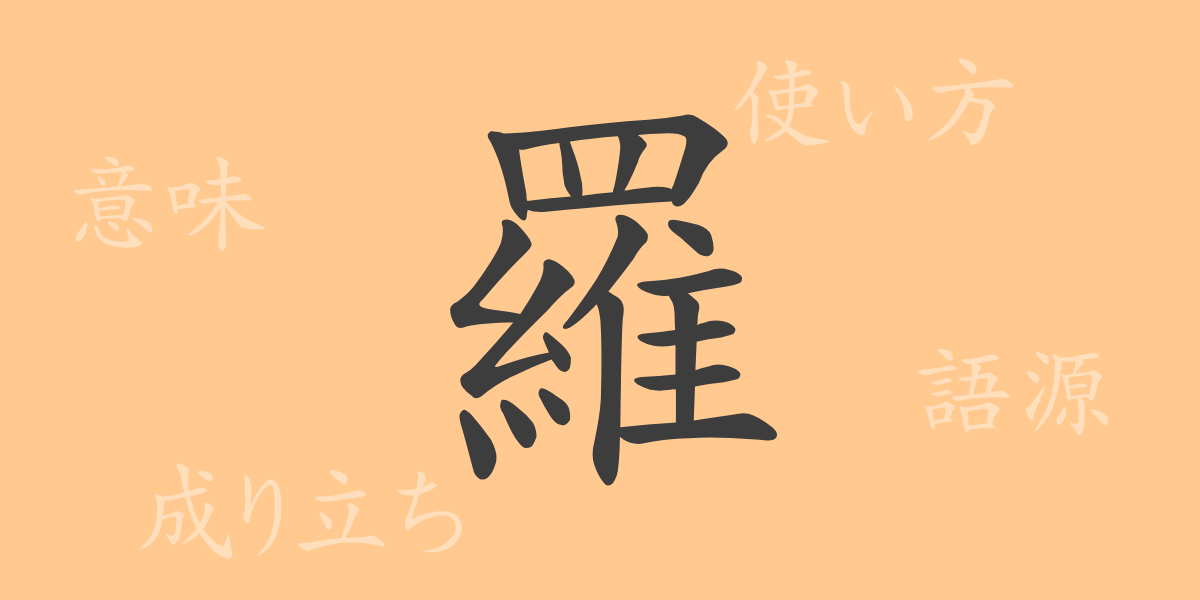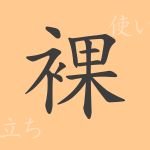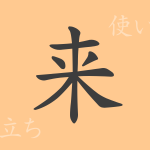In Japanese written language, numerous kanji (Chinese characters) are used, each with its unique history and meaning. One such commonly used kanji is “羅” (ra), which holds a special place in Japanese culture. This article delves into the origin, meaning, usage, and even idiomatic expressions and proverbs involving “羅” (ra), uncovering the allure of this character.
The Origin of 羅 (ra)
The kanji “羅” (ra) is a character that originated from ancient China, evolving from the character “罗” (luó), which originally meant “net.” The shape was designed to evoke the image of threads and mesh, eventually coming to signify intricate fabrics and silk textiles. Consequently, it also came to mean capturing fine details, and by extension, it is used to list detailed information extensively.
The Meaning and Usage of 羅 (ra)
The kanji “羅” (ra) is primarily used to mean “net” or “mesh.” Additionally, it conveys the sense of “extensively detailed” or “to explain in detail,” making it commonly used in contexts where detailed enumeration or explanation is required. In Japanese, it is typically utilized in scenarios involving the meticulous listing or detailed explanation of specific matters.
Reading, Stroke Count, and Radical of 羅 (ra)
The reading, stroke count, and radical of the kanji “羅” (ra) are as follows:
- Reading: The on’yomi (音読み, Chinese reading) is “ラ” (ra), and the kun’yomi (訓読み, Japanese reading) can be “うすもの” (usumono).
- Stroke Count: It consists of 19 strokes in total.
- Radical: The radical is “羊” (yō), combined with “糸” (ito).
Idiomatic Expressions, Proverbs, and Words Using 羅 (ra)
Several idiomatic expressions, proverbs, and words include “羅” (ra), each with its unique meaning. For instance, “羅列” (raretsu) means to list things in detail, “羅針盤” (rashinban) refers to a compass, metaphorically used to indicate guidance or direction. “網羅” (mōra) means to encompass everything comprehensively, often used when gathering extensive information or data.
Summary of 羅 (ra)
The kanji “羅” (ra), with its distinctive shape and meaning, plays a special role in the Japanese language. Its connotation of fine mesh often leads to its use in expressions denoting detail. Understanding the significance of “羅” (ra) in Japanese culture and language provides deeper insights into the history and culture behind the words.

























